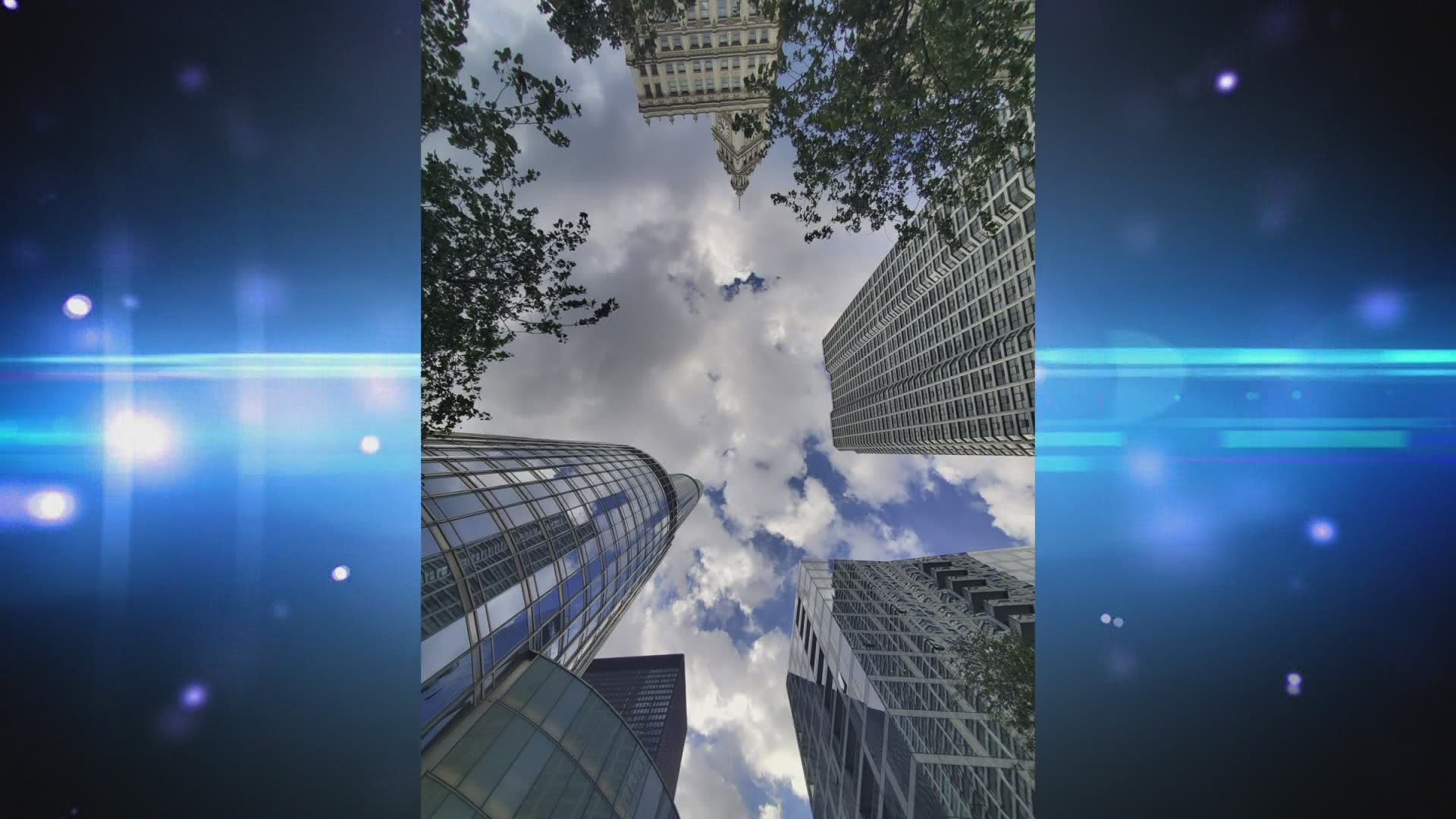Photography is all about creating unique and compelling images from ordinary subject matter. In this week's photo challenge we are challenging to capture the elegance of architecture? What catches your eye? How do you perceive and view architecture? We want to see the elegance of architecture through your eyes!
Instructions:
1. Grab your cell phone or camera and explore the possibilities of architecture.
2. Share your images with us on our Camera Shop Facebook Photo Challenge post, through a Facebook message, or email them to sales@camerashopmuskegon.com. Let us know what camera, lens, or phone you used to capture your images.
The Elegance of Architecture Photography Photo Tips:
1) Inspiration - As always, start with research! I always encourage everyone to search for inspiration within the genre types of photography you are in search of capturing. In this case search for "architecture photography". This will provide you with enough inspiration to spur your creativity.
2) Light - One of the most important qualities of any successful photograph is the quality of light. After all, photography means painting or drawing with light! In respect, to capturing architecture, great light will allow you to emphasize the space, structure, and atmosphere of a building both internal and external. Look how light influences textures, contrast, shadows, and reflections that define the structure you're photographing.
Also, be aware of the time fo day and location of the structure or building you're photographing. The best time to shoot is typically morning after sunrise and evening just before sunset, when the sun is at a low angle in the sky. Shooting in the middle of the day is not ideal, but can still produce results, especially if you are playing with shadows and textures.
And finally, don't be afraid to shoot a structure in all kinds of weather conditions and different times of the day. Each shooting situation will render a unique result.
3) Angles & Perspective- Perspective is key in creating creative and interesting photographs. Shooting from eye level can create some great images, but try and show the viewer something new. Try shooting from a higher point of view. Most of us are stuck on the ground. Shooting a building from a higher point of view will minimize distortion, looking down can emphasize lines and shapes, while conventionally looking up creates a looming feeling of dominance.
Along with perspective, don't forget that a building has more than one side. Shoot around the building. Each side can present you with new angles and perspectives. Just remember what we talked about with light and time of day. Each side of the building will be hit with light at different times of the day. So you may want to revisit a building throughout the day to capture it at its best.
4) Lines, Shape, & Details - Architects are artists in their own right. They know the importance of line and shape just as much as any artist, designer, or photographer. Keep your eyes peeled for horizontal, vertical, diagonal, and curved lines. Lines can lead your viewer into and through your image, create and imply movement, and influence your viewer's emotions. Remember the saying, "The devil is in the details." If you come across any implied shapes or structural details, focus on them, playing with composition and filling the frame.
5) Shoot Indoors - Architects take great pleasure in designing both the exterior and interior of their buildings. So, as much of what you'll find interesting on the exterior of a building, you'll be sure to find just as much if not more to shoot on the inside of a building or structure.
6) Converging Lines- Converging lines is technically known as the keystone effect. This is the visual distortion of two or more lines that get closer and closer together at a point in the horizon. This typically occurs when you look up at a building. This can be corrected by shooting from a higher vantage point to reduce this distortion. You can also accomplish this with a tilt-shift lens, but they can be expensive to purchase. The best way to correct converging lines is to correct the image in an editing program like Lightroom and Photoshop. Phone apps like Snapseed is an effective editing tool for you mobile device.
7) Suggested Equipment - To get the most out of your shots I suggest that you shoot utilizing a wide-angle lens to capture the full breadth of your structure or environment. Shoot on a tripod. Shooting with a tripod will add stability to your shots and will help in controlling distortion, making minute adjustments and will reduce camera shake from shooting handheld. And finally, try using a CPL filter (circular polarizing filter). A CPL filter will help reduce or remove unwanted reflections off of building windows or water. It can also make skies bluer.

